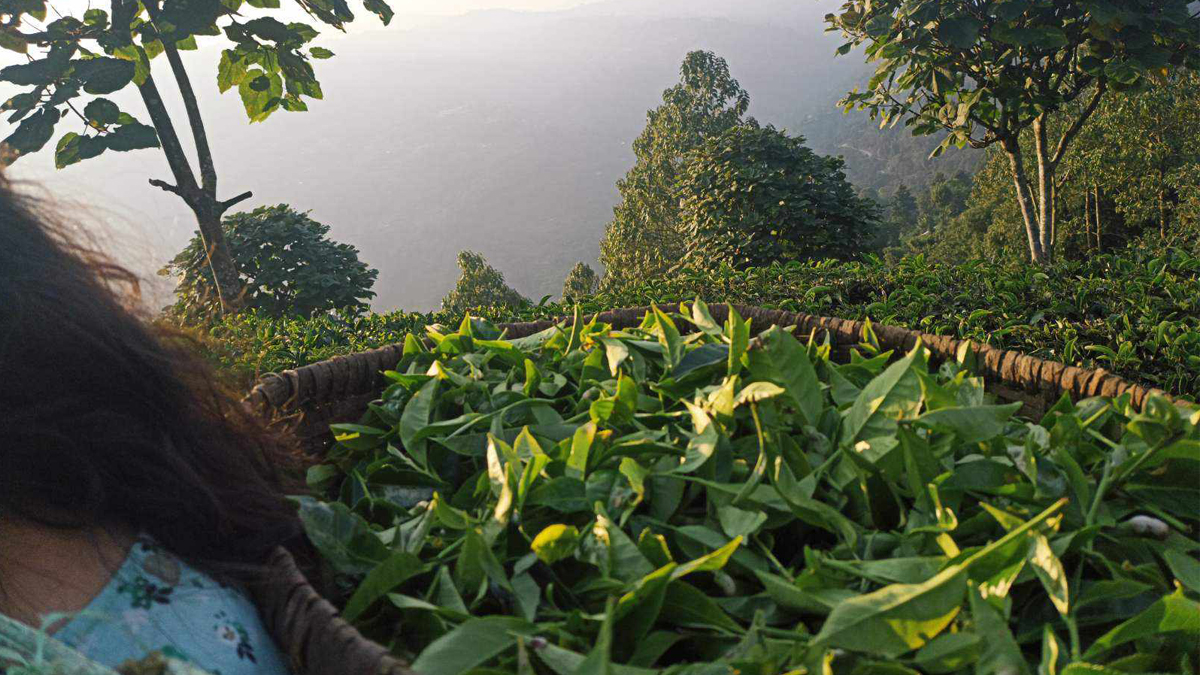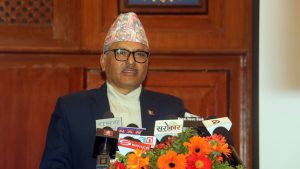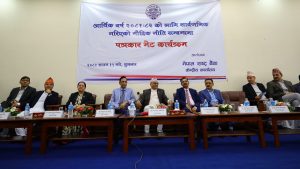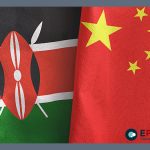
Tea Industry in Nepal: A Historic Triumph Amidst Challenges

The legacy of tea cultivation in Nepal spans over 160 years, evolving into a significant export industry underpinned by the pioneering efforts of Gajraj Singh Thapa in 1920. Despite the adversities posed by the COVID-19 pandemic, Nepali tea continues to thrive, marking a remarkable success story in global markets.
Bishnu Prasad Bhattarai, the Executive Director of the National Tea and Coffee Development Board, lauded the resilience of Nepal’s tea industry during the pandemic. Nepal exported an impressive 11,920 metric tons of tea, showcasing its economic vitality.
However, Bhattarai expressed concerns regarding the underestimation of tea’s potential to substantially contribute to the country’s income. Although Nepal’s tea cultivation covers 20,212 hectares, he stressed the need for greater prioritization.
The historical designation of specific districts as tea regions in 2039 BS by King Birendra was pivotal, enabling small farmers to engage in widespread cultivation and access global markets.

Recent expansions in regions like Baglung, Myagdi, and Kaski have seen over 15,000 farmers directly involved, supported by 60,000 additional workers. Annually, farmers yield 26,379 metric tons of tea, with 60 percent earmarked for export.
Despite a thriving indigenous tea market, Nepal imports 203 metric tons of tea, primarily special varieties from India. Bhattarai emphasized the importance of boosting domestic consumption to counterbalance the trade deficit.

To promote local consumption, the National Tea and Coffee Development Board organized a tea exhibition in Chitwan, advocating the slogan ‘Consume locally produced tea, become healthy, prosperous and independent.’
Farmers from across the country showcased their products, offering insights into tea tasting and brewing methods. Bhattarai stressed the need to elevate domestic tea consumption, highlighting its potential to address alcohol addiction and urging a focus on quality over sheer production.
Despite Nepal’s rich tea culture, domestic consumption remains lower than in neighboring countries, signaling the need for concerted efforts to elevate the status of this historic industry within the nation.














Comments